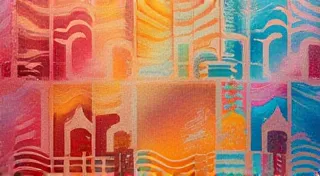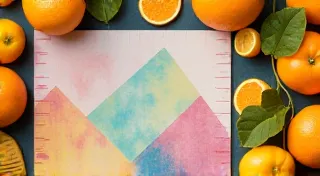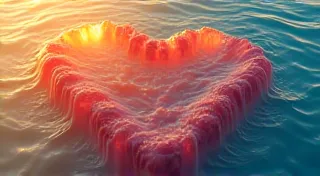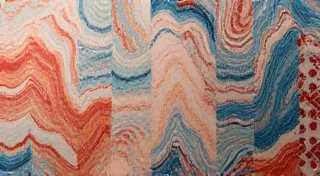Exploring Traditional Japanese Ebisu Paper Marbling
Ebisu paper marbling (Ebisu-gami Sumi-nagashi) stands apart as a uniquely beautiful and historically significant form of paper marbling. Originating in Japan centuries ago, its distinctive patterns and deep, dramatic colors have captivated artists and collectors alike. This article will delve into the rich history and distinctive techniques that define Ebisu paper marbling.
A Brief History
The art of paper marbling has roots in various cultures, with possible influences from Turkish batik and Persian ebru. However, Ebisu paper marbling developed as a distinct Japanese tradition, particularly associated with the Ebisu district of Tokyo. It was initially used to create decorative paper for shrines and temples, symbolizing purity and spiritual significance. While other forms of Japanese paper marbling focused on swirling, symmetrical designs, Ebisu-gami Sumi-nagashi embraced a more controlled and deliberate chaos. The intention was not merely to create a beautiful pattern, but to evoke a sense of flowing water and the ephemeral nature of existence.
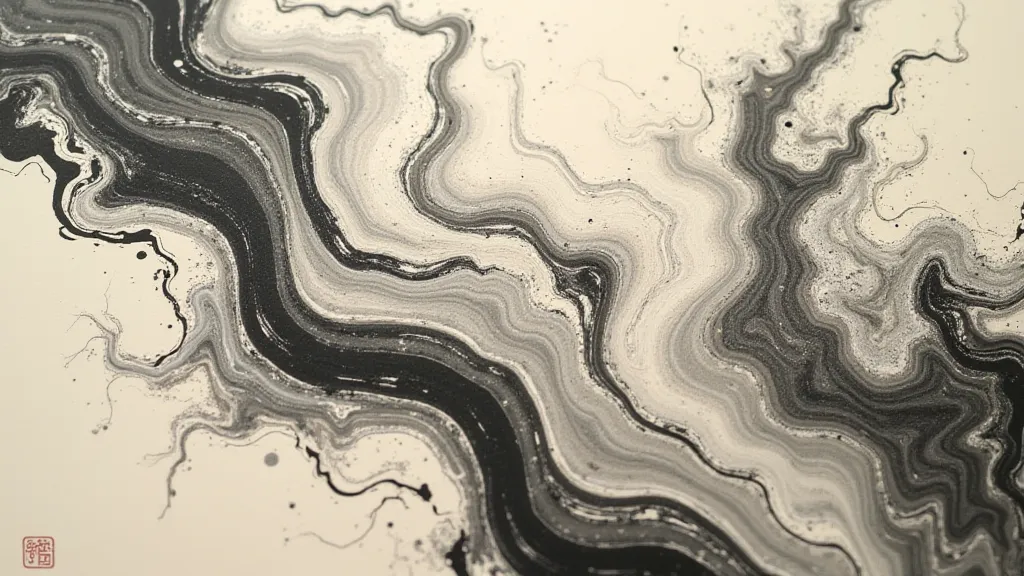
The Unique Techniques
What truly sets Ebisu paper marbling apart are the techniques employed. While the basic principles of floating pigments on a viscous medium (often seaweed extract called norikarame) remain the same, the Japanese approach differs in several key ways:
- Limited Color Palette: Traditional Ebisu paper marbling primarily utilizes black ink (sumi) against a cream or off-white paper. While modern variations might incorporate other colors, the classic style retains this stark contrast.
- Controlled Flow: Unlike some marbling styles that encourage wild, uncontrolled patterns, Ebisu paper marbling involves a more deliberate manipulation of the ink flow. Artists use tools, like bamboo skewers or brushes, to direct the ink, creating long, flowing lines and dynamic shapes.
- Norikarame Medium: The viscous medium, norikarame, is crucial. Derived from seaweed, it creates a stable, milky surface that allows the ink to float and spread without mixing, resulting in sharp, defined patterns.
- Layered Application: Often, the process involves multiple layers of ink application, allowing for a greater depth and complexity in the patterns. Each layer is carefully controlled and allowed to dry partially before the next is applied.
Materials Used
The materials are central to the unique character of Ebisu paper marbling:
- Sumi Ink: High-quality sumi ink is essential for achieving the characteristic deep black color and sharp definition.
- Norikarame: This seaweed extract is the traditional and preferred medium. Finding and preparing it can be challenging, but it's vital for achieving authentic Ebisu paper marbling.
- Washi Paper: Traditionally, washi paper, a handmade Japanese paper known for its strength and absorbency, is used.
- Bamboo Skewers/Brushes: These tools are used to manipulate the ink and direct the flow during the marbling process.
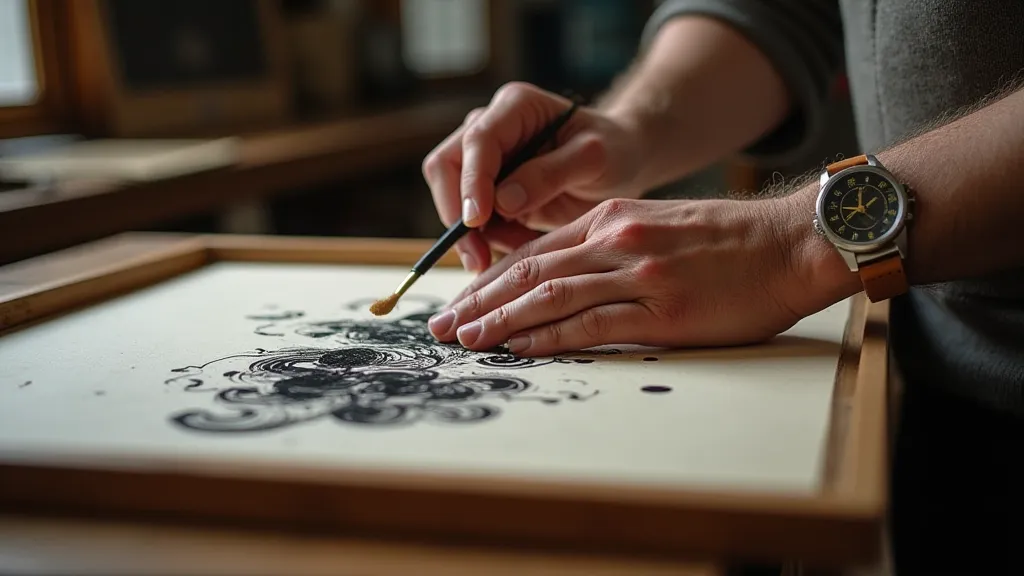
Modern Interpretations and Preservation
While Ebisu paper marbling remains deeply rooted in tradition, contemporary artists are exploring new variations and incorporating modern materials. However, efforts are underway to preserve the traditional techniques and ensure that this unique art form continues to thrive. Workshops and demonstrations are held to pass down the knowledge to future generations. The beauty and tranquility of Ebisu paper marbling continue to inspire and captivate, offering a glimpse into a rich cultural heritage.
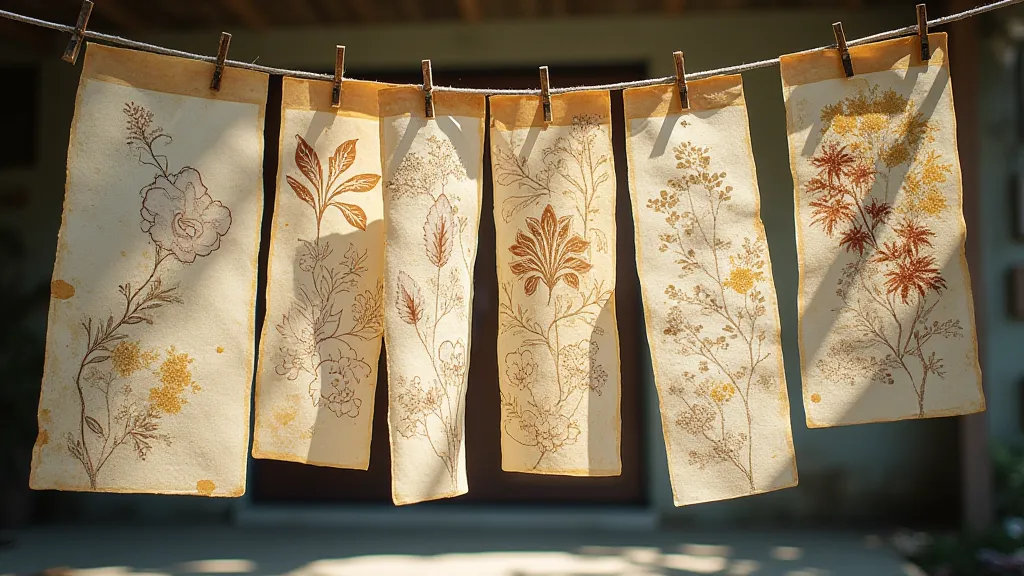
Resources for Further Exploration
While readily available resources specifically dedicated to *Ebisu* paper marbling are scarce in English, delving into Japanese paper craft resources and traditional marbling techniques can provide valuable insights. Further investigation into traditional Japanese art forms and paper making is also recommended.
